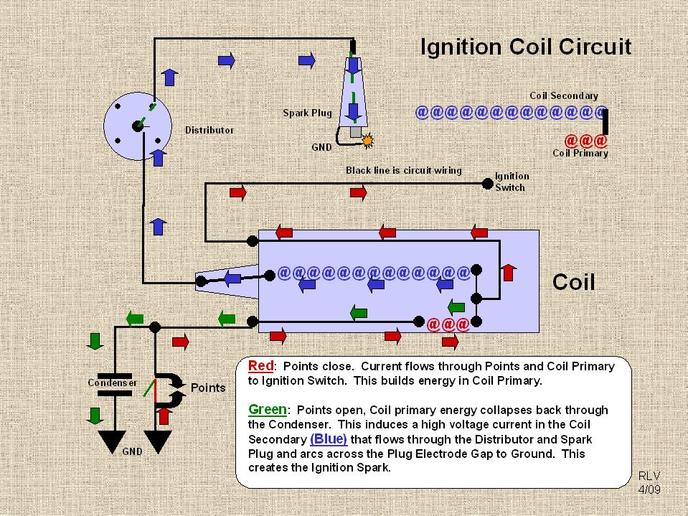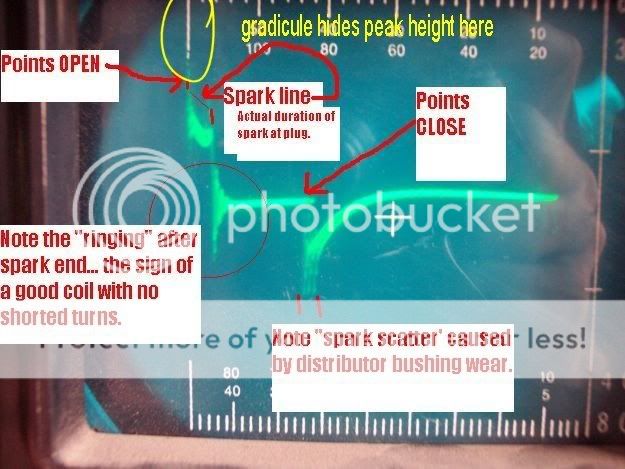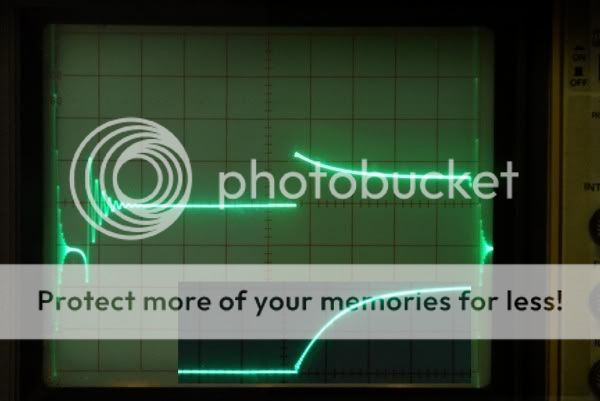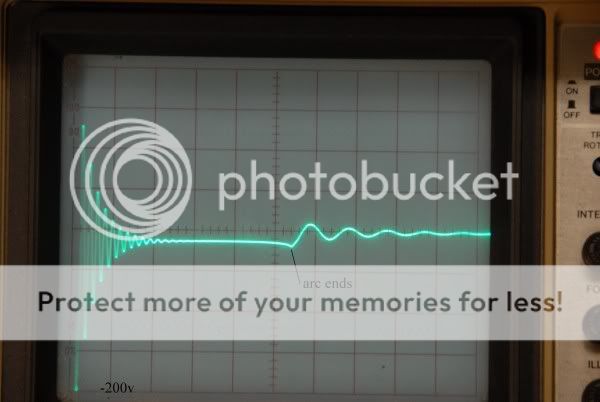My 154 cub lo boy wouldnt start. I checked the coil, faint spark. Tried another coil, faint spark. Battery was good. Dist was wet inside. Dried it out, fired right up. Had a strong spark from the coil. Why was the coil wire spark weak?
I thought it brought power to the dist first, so the dist wetness wouldnt matter.What is the power theory? I just finished a manual trans class at the Junior College, need to take an electical one next! lol Thanks, Steve
I thought it brought power to the dist first, so the dist wetness wouldnt matter.What is the power theory? I just finished a manual trans class at the Junior College, need to take an electical one next! lol Thanks, Steve







